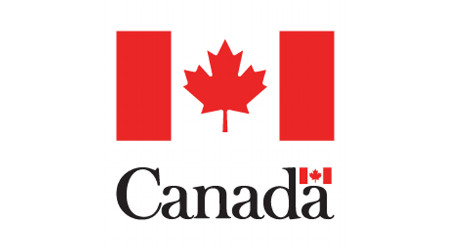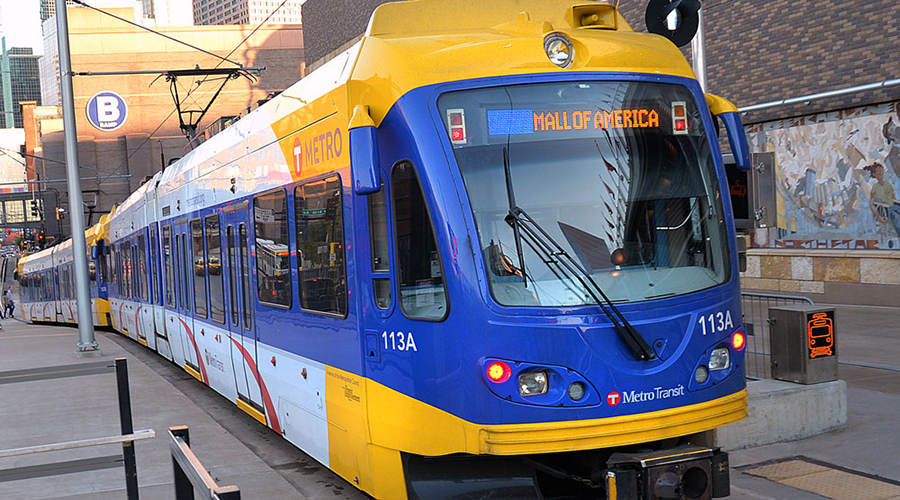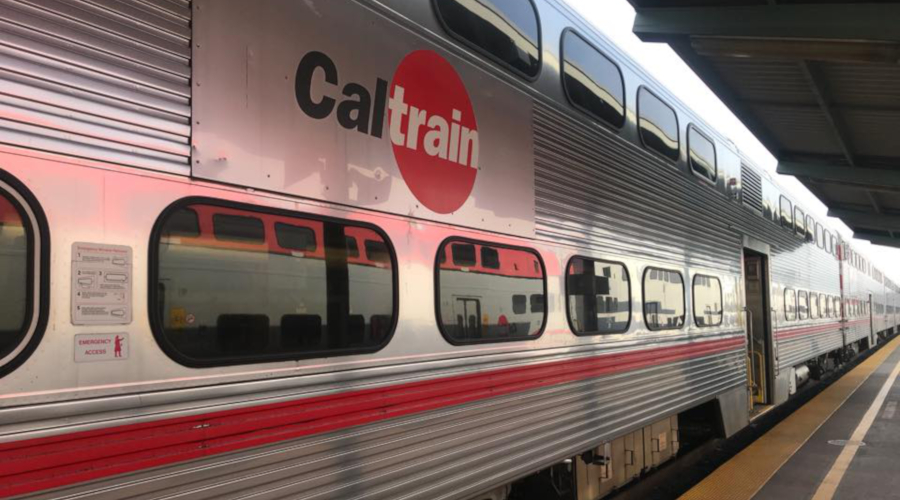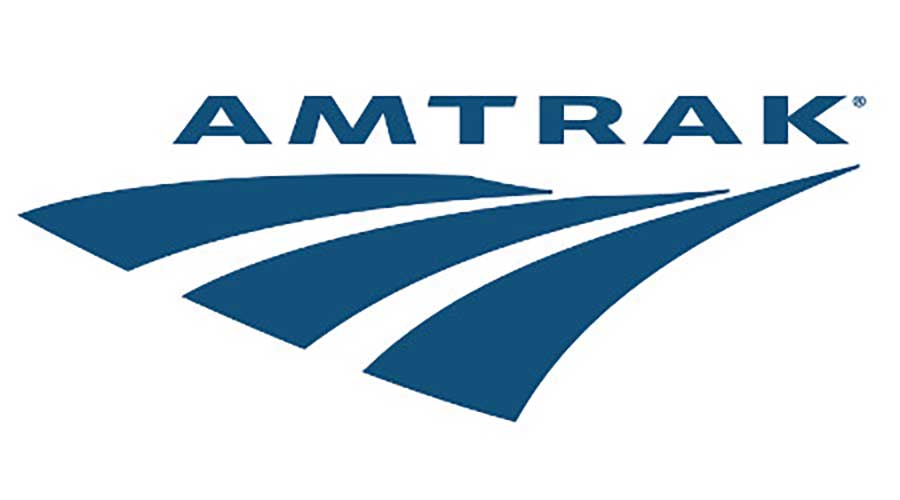Stay updated on news, articles and information for the rail industry
12/6/2017
Rail News: Safety
TSB: Collision caused by train's speed

A June 2016 train collision near Carvel, Alberta, occurred after one of two trains ran through a restricted speed signal, the Transportation Safety Board of Canada (TSB) announced in a report issued yesterday.
The report highlights a number of safety risks, including the absence of physical fail-safe defenses to ensure that signals are consistently recognized and followed, TSB officials said in a press release.
The incident occurred when eastbound CN train No. 112 — which was traveling east from Edson to Edmonton, Alberta — collided with the tail end of eastbound train No. 302, which had stopped near Carvel to allow a westbound train to pass. No cars derailed as result of the collision.
The crew of train 302 did not feel the impact of the incident, as their train was in a stretched state with the brakes released. After the collision, the crew of train 112 visually inspected the tail end of train 302, but did not see that one empty hopper car had sustained minor damage, and did not report the incident. The collision was subsequently confirmed by remotely downloading information from the locomotive event recorder and a forward-facing video camera, TSB officials said.
Investigators determined that, after correctly identifying a signal calling for reduced speed, the crew of train 112 passed the signal at a speed that exceeded the limit. As a result, the crew was unable to stop in time to avoid the collision.
The incident highlights the risk of not following rail signal indications, which is a TSB Watchlist issue. Since 1998, the TSB has investigated 13 similar occurrences and issued two recommendations (R13-01 and R00-04) calling for implementation of physical train controls and additional backup safety defenses to help make sure that signals are followed.


 LRW Honors Amtrak’s Acheson As Railway Woman Of The Year
LRW Honors Amtrak’s Acheson As Railway Woman Of The Year
 From Editor-In-Chief Foran: Of Gender Equity And Inclusion
From Editor-In-Chief Foran: Of Gender Equity And Inclusion
 Spotlight On Some Of Today’s Rail Safety Products
Spotlight On Some Of Today’s Rail Safety Products
 Women of Influence in Rail eBook
Women of Influence in Rail eBook
 railPrime
railPrime








